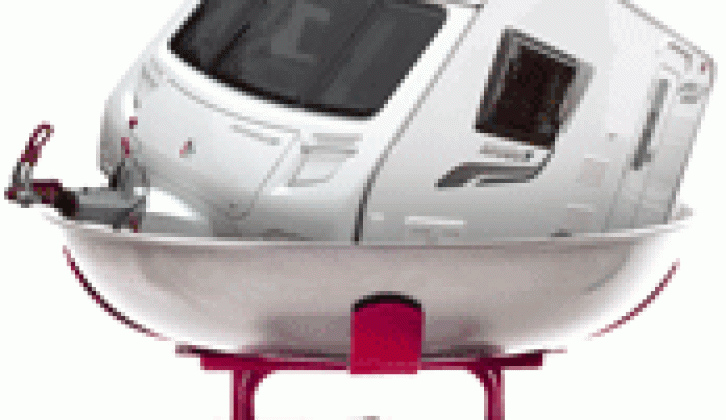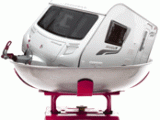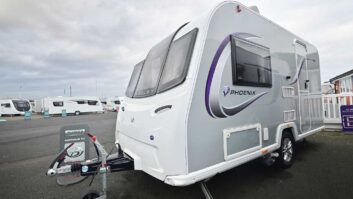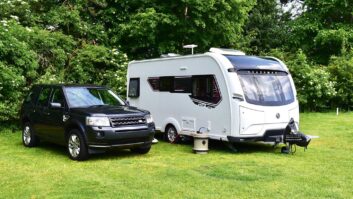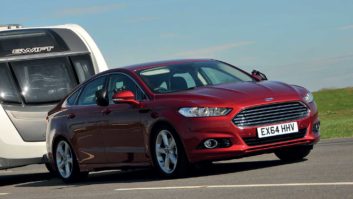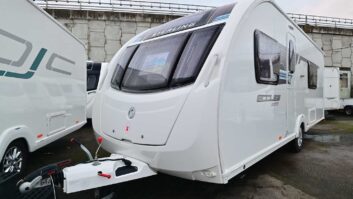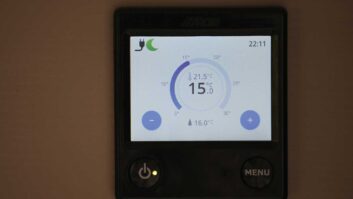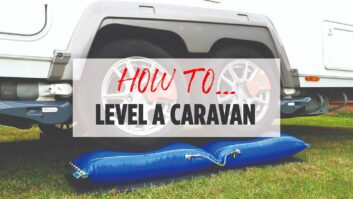WHEN YOU shop around for a new caravan you may compare features, comfort and even weight. But from this year onwards, you should also consider whether the payload allowance is generous enough for you.
Towing an overloaded tourer may reduce the safety of your outfit and leave you open to prosecution. This hasn’t changed. What has changed is the way payload is calculated.
[tl:gallery size=174×262]Under amended EU rules, manufacturers must use a new formula for setting the maximum weight of personal effects a caravan may carry while in transit. To see the formula it uses, click here.
The British industry group, the National Caravan Council (NCC), adjusted the formula to bring the figures for most tourers fairly close to what they had been.
Still, this is a good time to review what ‘payload’ actually means and how to be sure that your holiday kit is within the limit. Government transport agencies have provided another excellent motivation for checking: they can now find which vehicles have exceeded their limits using ‘weigh in motion sensors’ embedded in motorways and number plate-recognition cameras. Trials of the system ran successfully during the past few years.
Defining payload
Look in almost any showroom brochure and you’ll see a caravan’s ‘payload’ as being the difference between the ex-factory weight (the MiRO or Mass in Running Order) and the maximum the van can weigh (the MTPLM or Maximum Technically Permissible Laden Mass)*.
Take the Bailey Ranger GT60 460/2, a popular two-berth. Its MiRO is 1002kg and MTPLM is 1177kg; the difference is 175kg.
Unwary buyers may believe that they benefit from this generous payload. However, the MiRO does not include essential habitation equipment; a leisure battery, gas cylinders, flush-tank water and a mains cable must all be added.
It doesn’t end there. The allowance for personal effects is further whittled away by the fitting of options, from air conditioning to a spare wheel, its holder and a jack.
This leaves precious little weight for clothes, footwear, food and drink, pots and pans, books, toiletries, a TV, awning, barbecue and other kit. For two people on a week’s holiday, this will come to 100-120kg.
This was the source of many caravanners’ confusion. However, the actual breakdown of the ‘payload’ into its components (personal effects, options, and essential habitation equipment) already appears in the user handbooks produced by the manufacturers. Both the EU and the National Caravan Council require that this information appear there.
Used caravan payloads
Do you own an older caravan or are you in the market for a second-hand model? The change in regulation will not affect you, but you may still be towing an overloaded tourer, so you’ll find the same breakdown of the payload in its handbook as well.
And regardless of whether you tow a new or old van, study the handbook or brochure carefully. Then do a trial run: load your caravan with your usual holiday kit plus a bit extra, and take it to a public weighbridge to find out how close its weight comes to the MTPLM. You are immune from prosecution on your way to or from the weighbridge.
To find a weighbridge near you, click on www.chrishodgetrucks.co.uk or contact your local Trading Standards Department.
